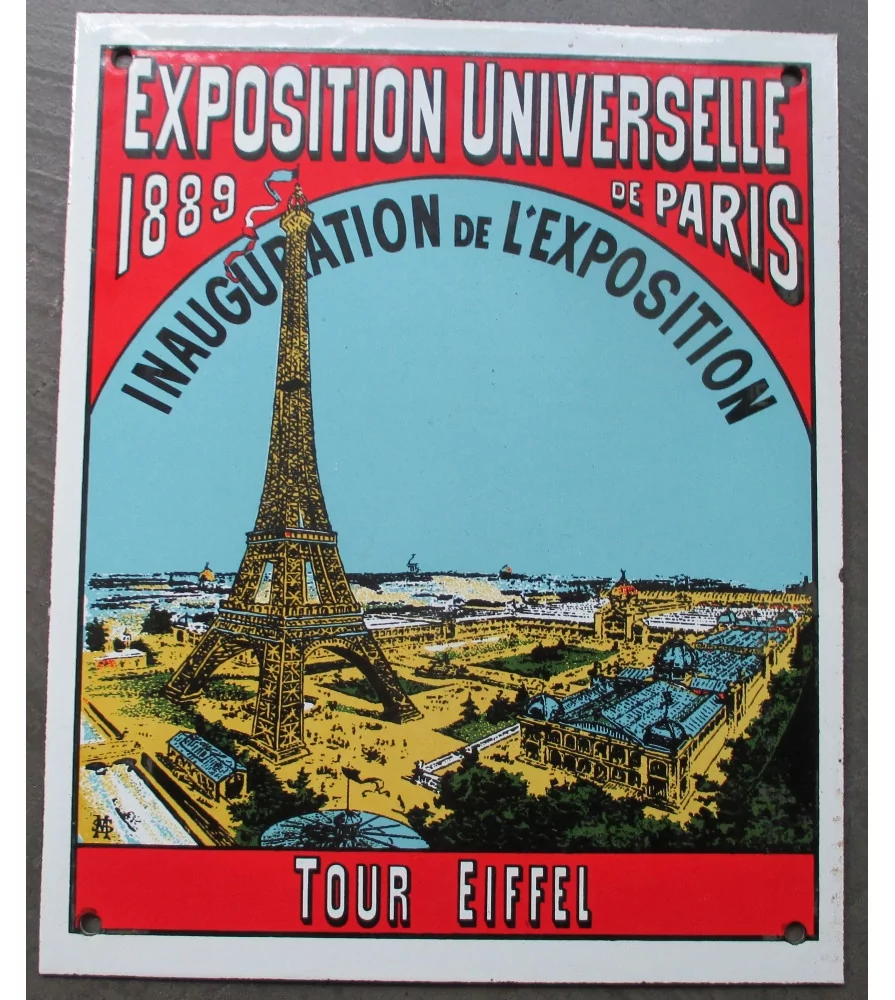Eiffel Tower - History, Construction, and Legacy in Paris
Explore the Eiffel Tower, its construction, history, and lasting impact on Parisian architecture and global culture.

The Eiffel Tower rises above the Champ de Mars as a testament to engineering daring and aesthetic audacity.
Conceived for the 1889 Exposition Universelle, it was meant to showcase France’s industrial prowess and embrace the future.
🏗️ Designing the Iron Giant
The mastermind behind the tower was Gustave Eiffel, a civil engineer celebrated for bridges and viaducts.
Together with engineers Maurice Koechlin and Émile Nouguier, Eiffel envisioned a metal lattice structure that could reach 300 meters — unprecedented at the time.
Construction began in 1887:
- 18,038 iron parts prefabricated in factories
- 2.5 million rivets holding them together
- Ingenious scaffolding and cranes designed for vertical assembly
By 1889, the tower stood as the tallest man-made structure in the world, a bold statement of innovation.
⚙️ Engineering Marvel
Despite early criticism calling it an "eyesore," the Eiffel Tower demonstrated scientific elegance:
- Its curved iron shape resists wind pressure efficiently
- The tower’s four pillars spread load evenly to massive foundations
- It was originally intended as a temporary structure, but the metal’s durability proved invaluable
“Science and art are not separate — they meet in the Eiffel Tower.”
— Gustave Eiffel
🌟 A Symbol Beyond Steel
What began as a controversial exhibition centerpiece soon became Paris’s emblem, capturing imagination worldwide.
Today, it draws over 7 million visitors annually, inspiring films, literature, and countless photographs, solidifying its place as a global cultural icon.
About the Author

Cultural Historian
As a Paris lover and travel writer, I created this guide to help visitors experience the magic and stories behind the Eiffel Tower.
Tags
Comments (0)
Loading comments...